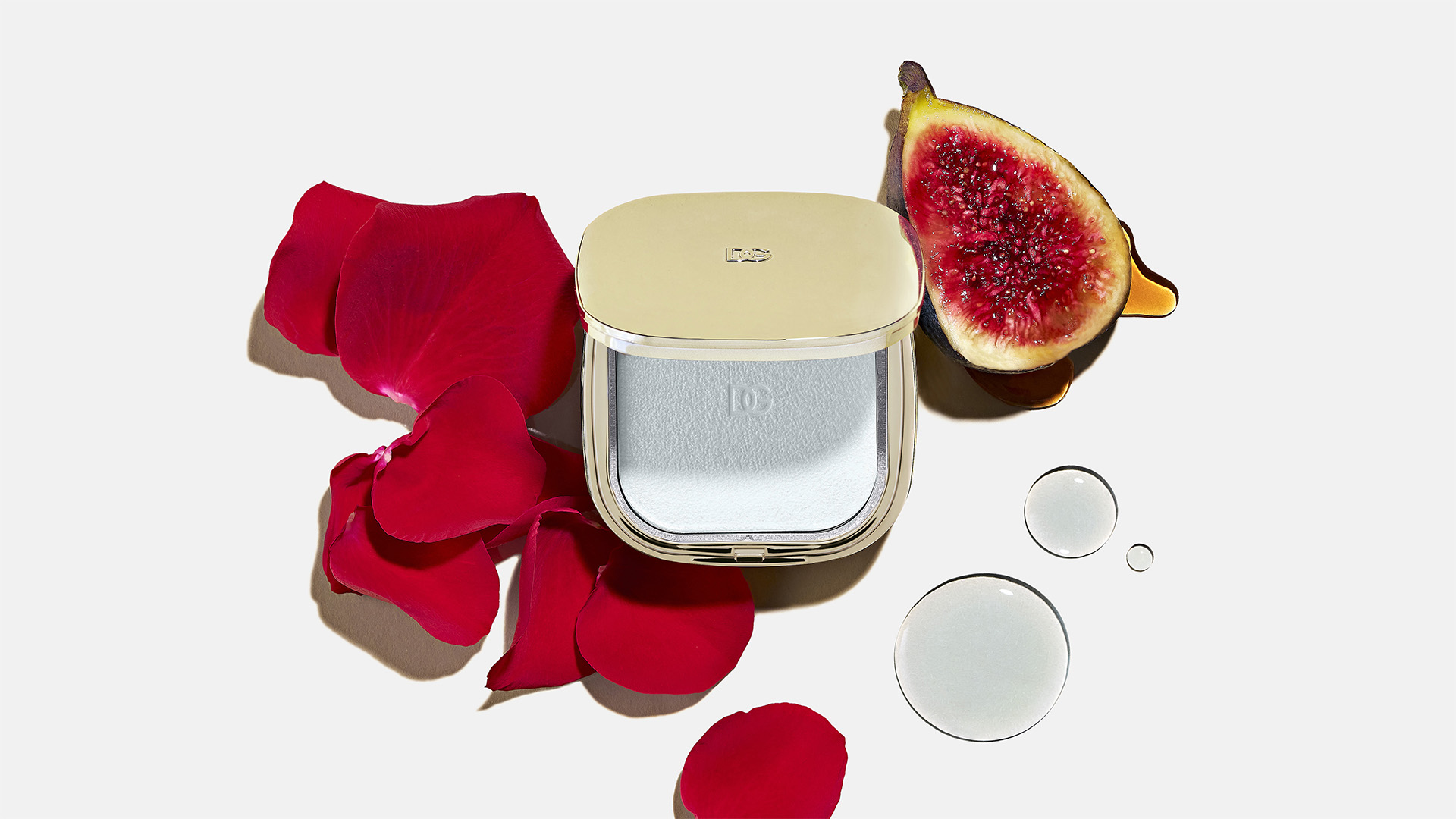Materials and Circularity
DOLCE&GABBANA ADOPTS SUSTAINABLE PRACTICES BY USING CIRCULAR MATERIALS AND MINIMIZING THE ENVIRONMENTAL IMPACT OF ITS PRODUCTS AND PACKAGING.
Dolce&Gabbana is committed to reducing the environmental impact of its products and packaging by adopting sustainable and circular materials. Through the integration of eco-design principles, the company ensures that its materials are durable, reusable, repairable, recyclable, and recoverable. By promoting circular models in product design and consumption, Dolce&Gabbana creates a virtuous cycle that minimizes waste while optimizing resource efficiency.
MATERIALS AND CIRCULARITY
BY FY24
Target
Update and publication of the new Group Restricted Substances List (pRSL) in line with international product safety standards
Achieved
Through collaboration with a scientific partner, Dolce&Gabbana has defined the new Group pRSL (Restricted Substances List)
BY FY25
Target
50%
reduction in single-use virgin plastic packaging
Achieved
84%
reduction in the use of single-use virgin plastic for packaging compared to fiscal year 2024
BY FY26
Target
25%
of raw materials with lower environmental impact
Achieved
29%
of raw materials purchased are low environmental impact, meaning they are certified as environmentally and/or socially responsible
DOLCE&GABBANA: COMMITTED TO SUSTAINABLE SOURCING AND HIGH-QUALITY MATERIALS
Dolce&Gabbana continues to prioritize high-quality materials, selecting Italian suppliers that ensure traceability throughout the entire value chain.
With the introduction of the Preferred Material List, Dolce & Gabbana has strengthened the transition toward lower environmental impact materials, favoring certified raw materials with circularity attributes.
During fiscal year 2025, the Group purchased 1,136 tons of raw materials, approximately 88% of which were used in production, including 200 tons of fabrics. Of these fabrics, 85% were renewable, increasing by 18% compared to the previous fiscal year, reflecting the brand’s commitment to responsible sourcing without compromising on excellence.
Textiles purchased in FY25
Renewable
Fabrics
Dolce&Gabbana forges partnerships with tanneries that hold responsibility as a core principle. A significant achievement: for the second consecutive year, 94% of the leather used is sourced from tanneries certified by the Leather Working Group (LWG). Each certification reflects a commitment to shared responsibility, with a focus on artisanal production processes that balance environmental stewardship and social responsibility.
Leathers from Leather Working Group certified suppliers in FY2025
Certified
Packaging with reduced environmental impact: packaging becomes a symbol of sustainable innovation, with 138 tons of materials where elegance meets ethics. The focus is on renewable, recyclable, and certified materials, aiming to minimize and ultimately eliminate single-use virgin plastics. In fiscal year 2025, almost all the plastic purchased was recycled (89%), and all paper and cardboard packaging used on products and in the retail channel was FSC certified. This ongoing commitment turns every detail into an act of respect for the planet.
WITH CARE
Excellence, over time.
Discover how to take care of your Dolce&Gabbana creations: mindful gestures that preserve their quality, functionality, and beauty over time.
Explore the With Care section.




